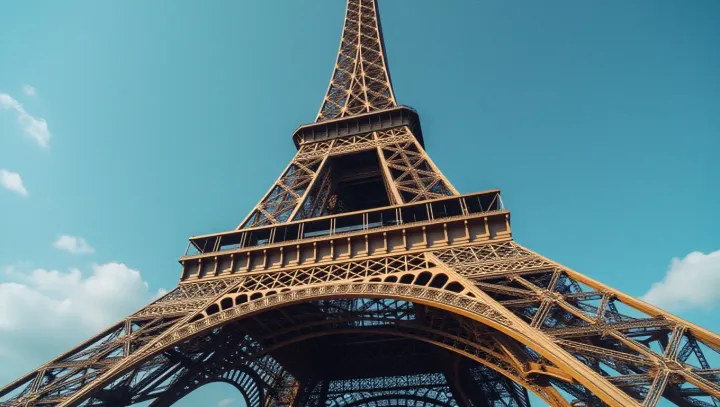Eiffel Tower: A Seasonal Surprise

Paris, the City of Light, harbors one of the most fascinating architectural marvels — the Eiffel Tower. This iconic monument, visited by millions each year, undergoes a curious transformation during summer months. Experts have confirmed that due to thermal expansion, the Eiffel Tower can grow more than 6 inches taller when temperatures rise.
This scientific phenomenon is a result of the iron construction material expanding under the heat, a concept grounded in basic physics. Thermal expansion is a well-known phenomenon where materials increase in volume in response to temperature changes. For the Eiffel Tower, this means that the warm Parisian summer sun extends its iron framework slightly, a subtle modification that alters the tower's height temporarily.
Professor Alain Durand, a structural engineer in Paris, noted, "The Eiffel Tower's seasonal growth is a splendid reminder of how natural forces can subtly influence even the most solid of structures. It's a testament to the dynamic interplay between the environment and architecture." While this change might be imperceptible to a casual observer, it underscores the tower's status as a living piece of history, perpetually adapting to its climatic context. Such phenomena prompt us to reflect on the ingenuity embedded within traditional engineering methods and their continued relevance today.
